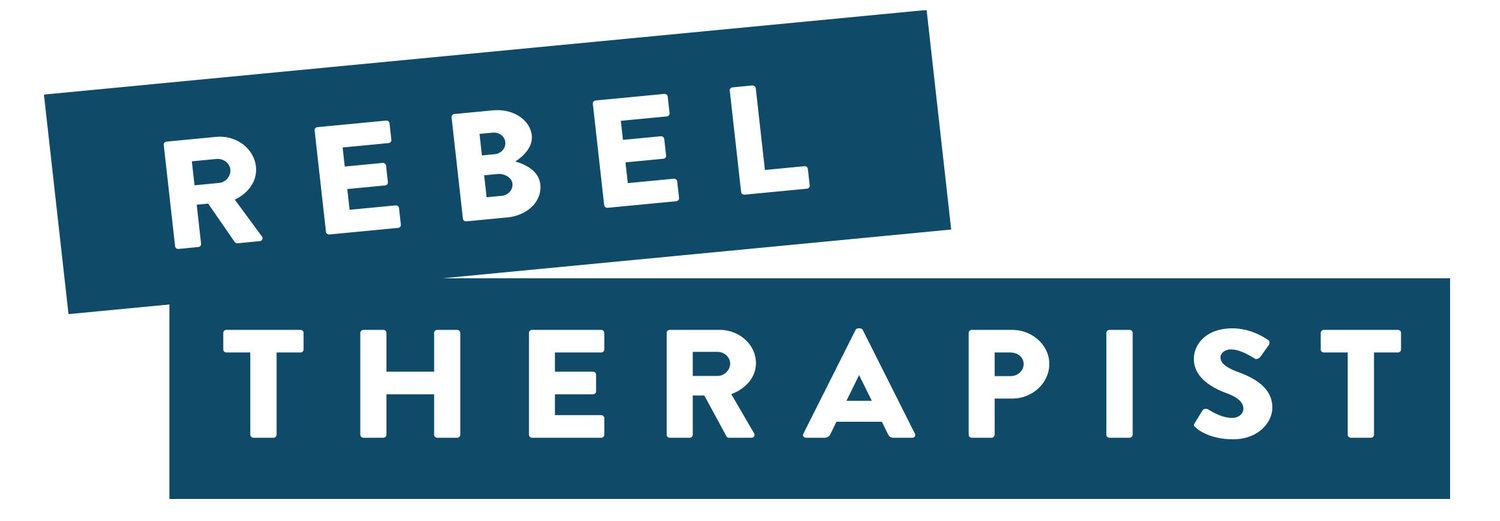If you haven’t read it yet, here’s why I think you’re setting your fee wrong. If I’m right about that, you’re losing a bunch of money every week and every month because you’ve made these mistakes. I don’t actually think it’s ok for you, lovely therapist, to be just scraping by.
It isn’t too late! You can use this process to figure out what you should charge next time you raise your fees. Start right now and set a new fee with your next new client.
Here's the process I suggest for setting your fee.
Calculate two important numbers.
First Number: bottom line
First, find out how much money you need to earn in order to cover your business expenses, personal expenses, and taxes. Then add some business savings and personal savings to that number.
Calculate these numbers:
- Business expenses
- Business savings
- Taxes
- Personal expenses
- Personal savings
If you’re not totally sure what your expenses are, it’s time to start tracking. We tend to underestimate our expenses. If the idea of tracking makes you itch, find a system that you don’t hate, and then use that system and make it your own.
When you calculate your business savings, imagine the business you’d like to be running and make a plan that includes taking steps to get there. Plan for consultation, training and other business investments.
When you calculate your personal savings, imagine having enough for your unexpected expenses now and your retirement later. Don’t forget to throw something in your plan for self care.
Now add those babies up.
Take a deep breath. You’re doing great. You’ve arrived at your bottom line income need.
Second Number: number of sessions
Now figure out how many sessions you’re comfortable having every week. What is the number of sessions per week that would leave you feeling full of energy and ready for more next week? What’s the number of sessions per week that leaves you enough time for networking, marketing, continuing education, and a lovely personal life?
Now you can figure out your average fee:
(Bottom line income) divided by (# of sessions) = average fee
Your AVERAGE fee must equal at minimum your bottom line income need divided by your ideal number of sessions.
Track your fee so that you know what it actually is. Don’t just estimate. Therapists almost ALWAYS overestimate their current average fee.
Here, I’ll prove it. Guess what your average fee is right now. Got it? Ok, now find out if you’re right.
Add up all of your sessions for last month and divide by the number of sessions, and you’ve got your average fee. I bet it’s lower than the number you would have guessed.
Now that you’ve calculated the average fee that you need to cover your bottom line needs, take a look at your sliding scale. If you don’t have a sliding scale, you can skip the next paragraph, because you’ve just landed on your fee.
All of the fees you collect must equal that needed average fee. That means if your needed average fee is 125, and you choose to have several sessions where your fee is $60, your full fee will be much higher than 125.
Here's an example.
Please don’t take these particular numbers as any kind of recommendation. I use an example because examples help me learn and grasp things, and you might be the same way.
Jackie figures out her bottom line income need. She started off with a very small amount for business savings and personal savings.
- Business expenses: 1300
- Business savings: 400
- Taxes: 2,000 (Find out what your individual situation is here.)
- Personal expenses: 7000
- Personal savings: 1,000
Total: 11,700
Then she calculated the number of sessions she is comfortable having each week, taking into account cancellations, vacations, and folks who will choose to come every other week:
20 sessions per week.
She decided to hold on to 4 lower fee slots each week at $70 each, totaling 280 in income per week, or 1120 per month (assuming she works 4 weeks per month, or 48 weeks per year).
That means the remaining 16 sessions per week (or 64 sessions per month) need to bring in 10,580.
She calculates that she needs a full fee of 165.
If Jackie had used the method most therapists use, she would have ended up with a lower average fee and she’d be faced with barely scraping by or having too many sessions.
Feeling uncomfortable?
“But I’m not comfortable setting that high of a fee. It makes me gasp.”
“I couldn’t even afford that fee myself.”
“I don’t have enough (experience, training, balls) to charge that much.”
If you wait until you feel comfortable with raising your fee BEFORE you do it, you’ll take a VERY long time.
Or maybe you're saying this:
“I want to prioritize seeing people who can’t afford a high fee.”
That’s awesome. You get to tinker with the numbers. If you choose to make less, you’ve got to find ways to feel good about that choice. Perhaps you’ll need to move to a more affordable city or find other significant ways to change your financial picture. Embrace your choice. Then when you see a colleague charging 200 per hour, you will feel at peace knowing that your business model feels right to you.
Want weekly practice building resources? Sign up here and We’ll drop an article or practice building tip in your inbox every week. We’ll never share your email address, and you can easily unsubscribe at any time.

